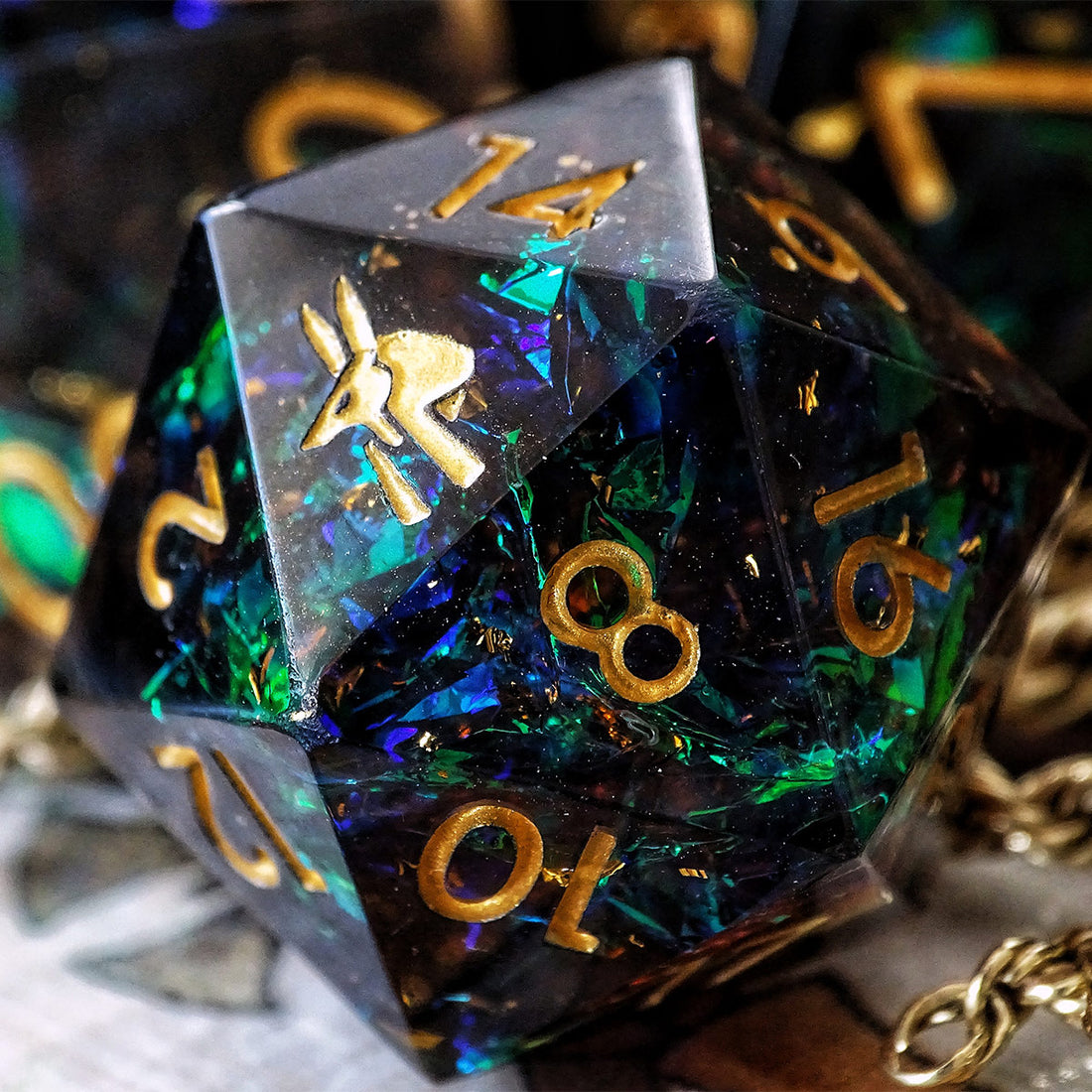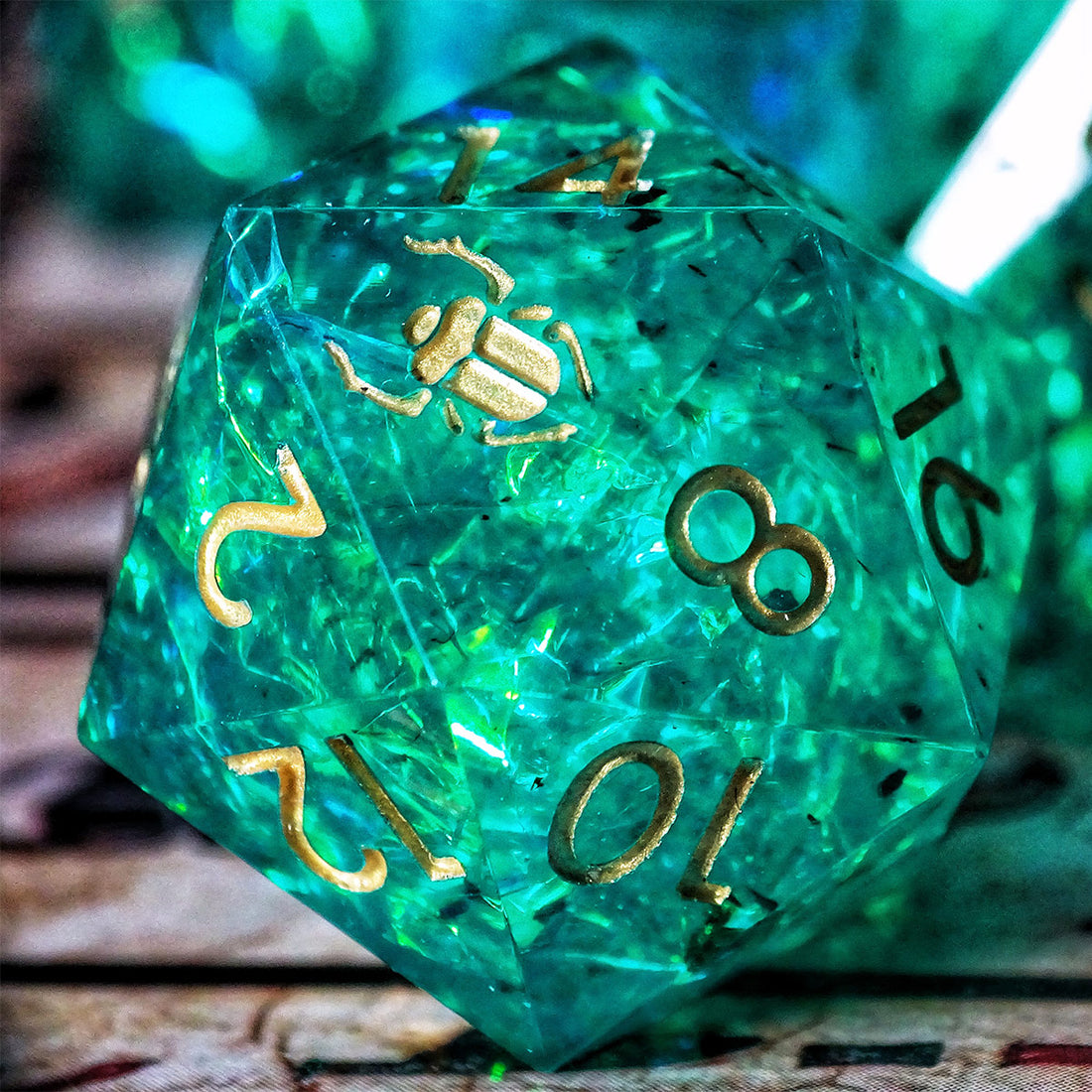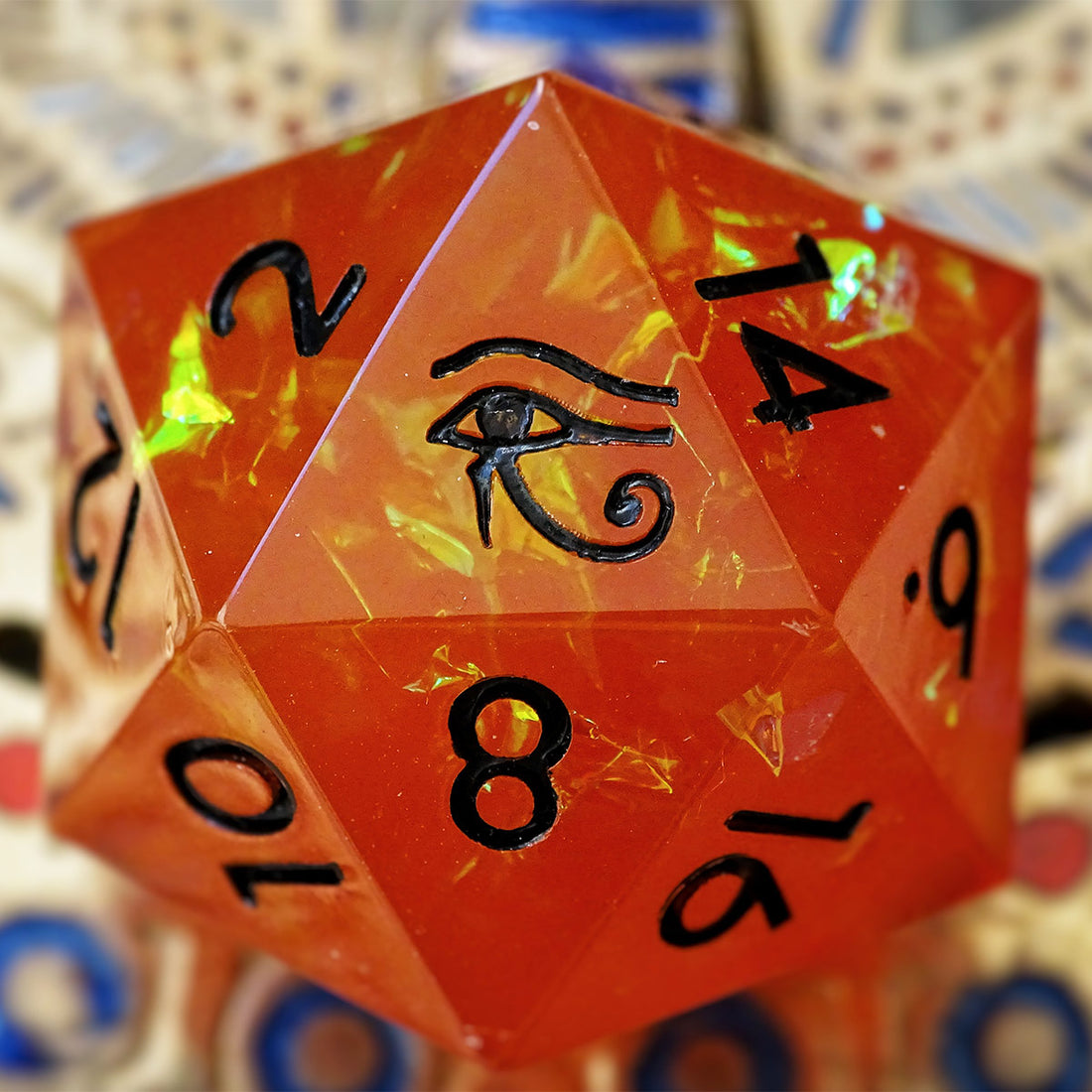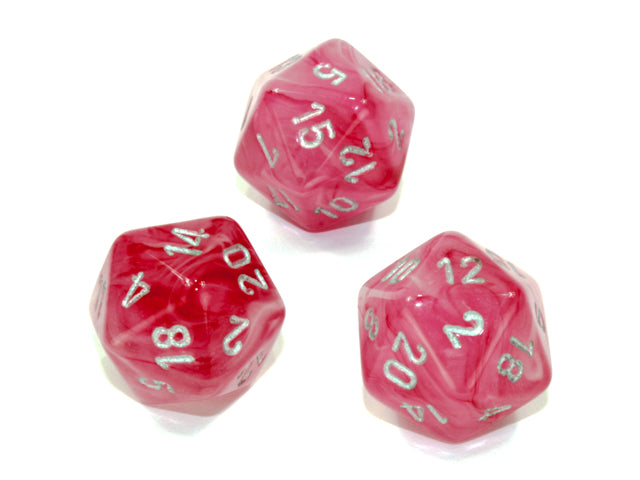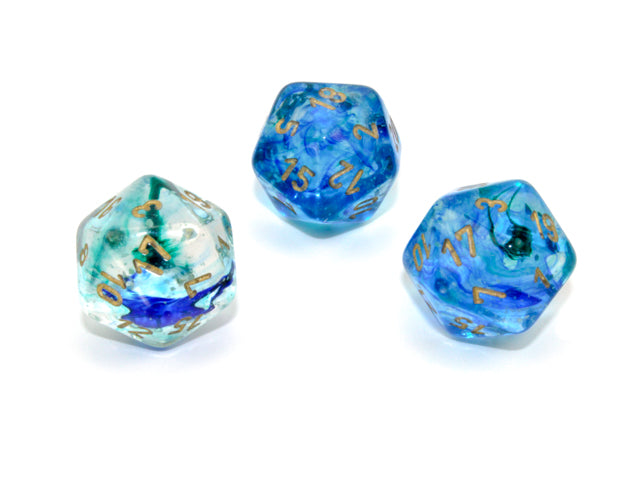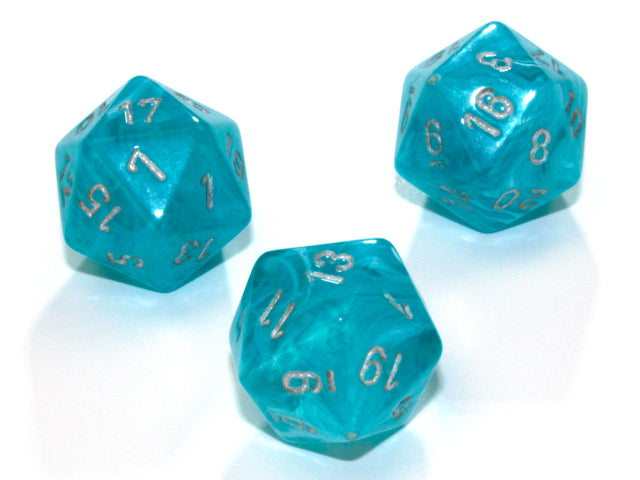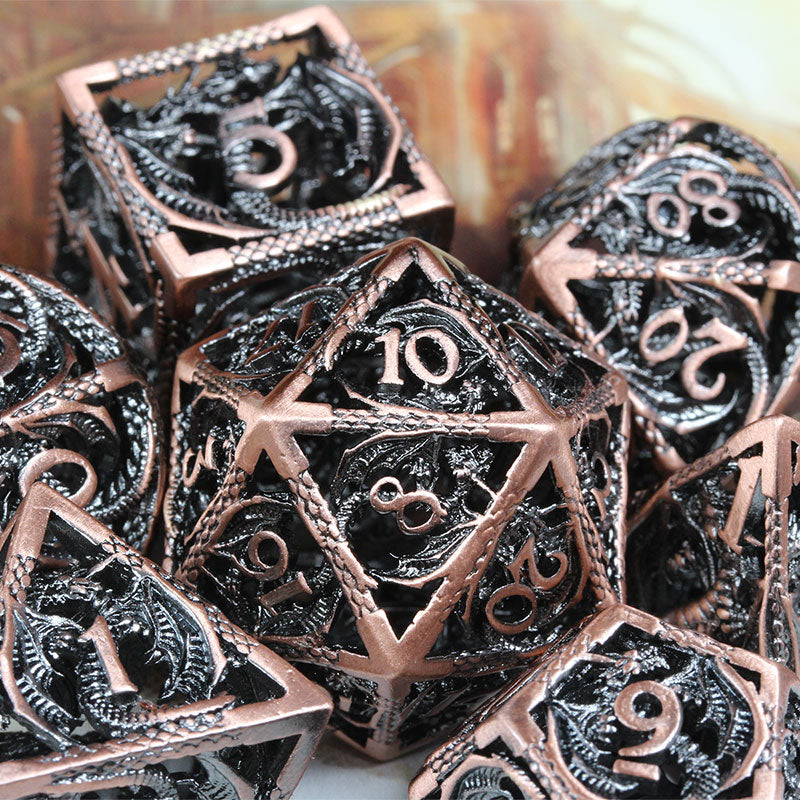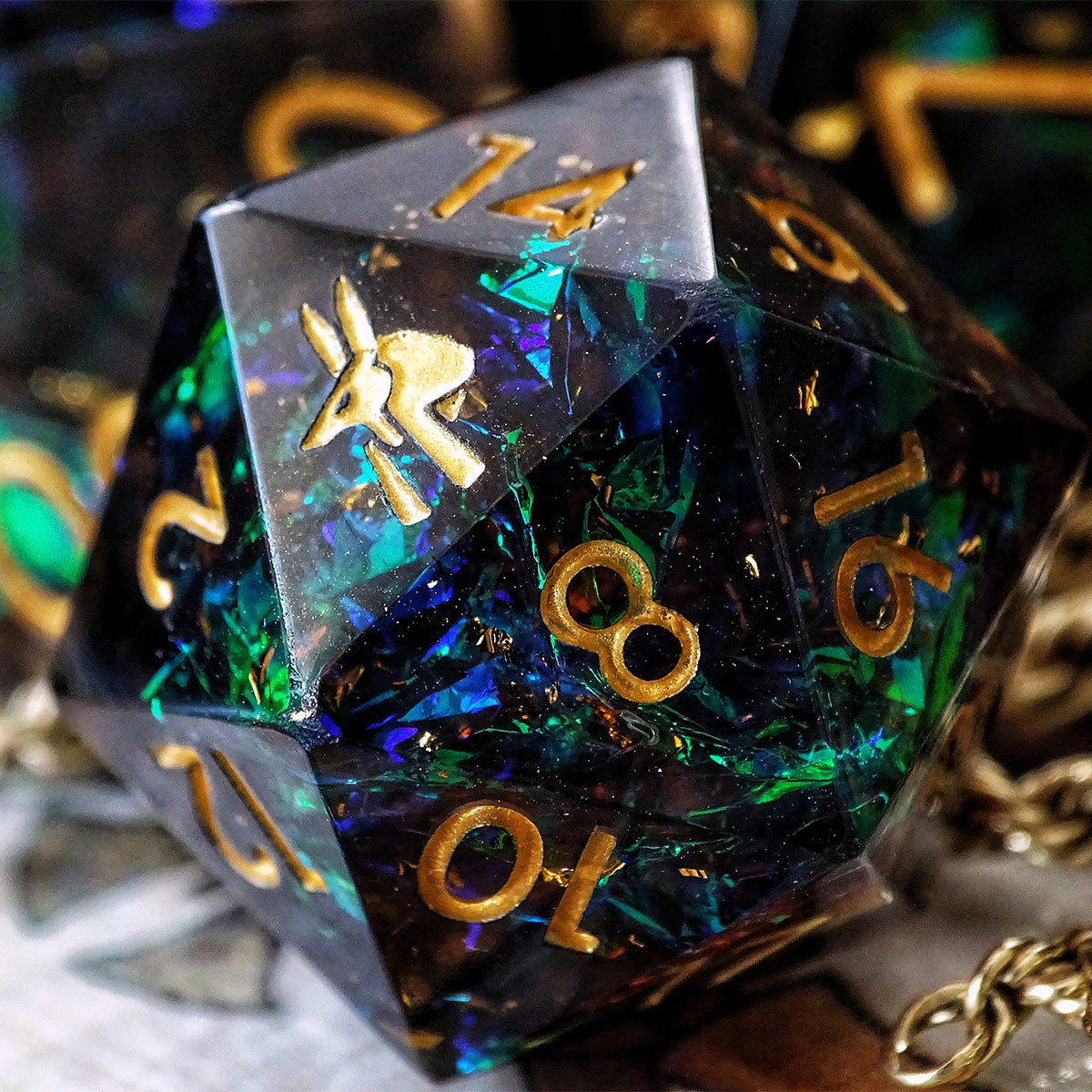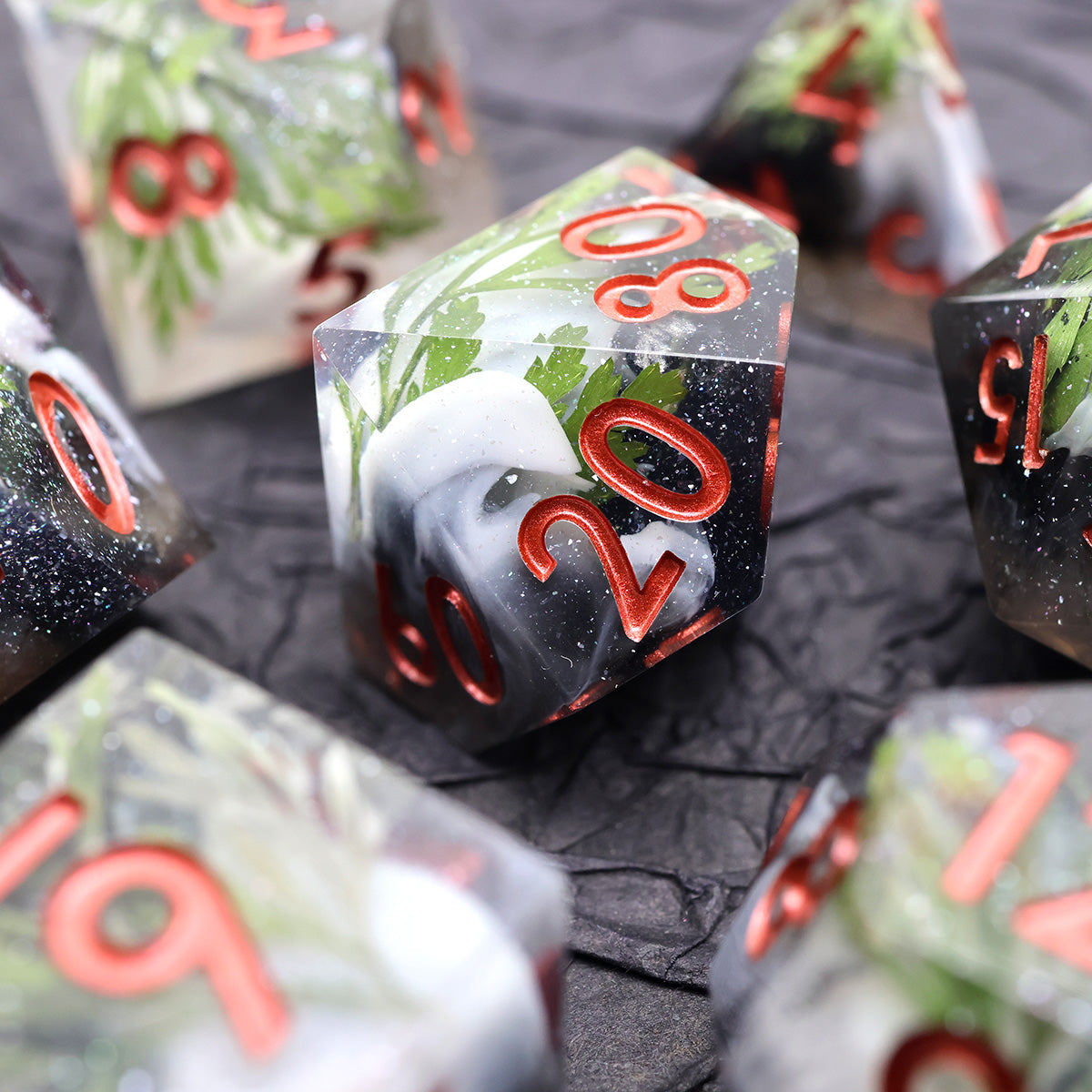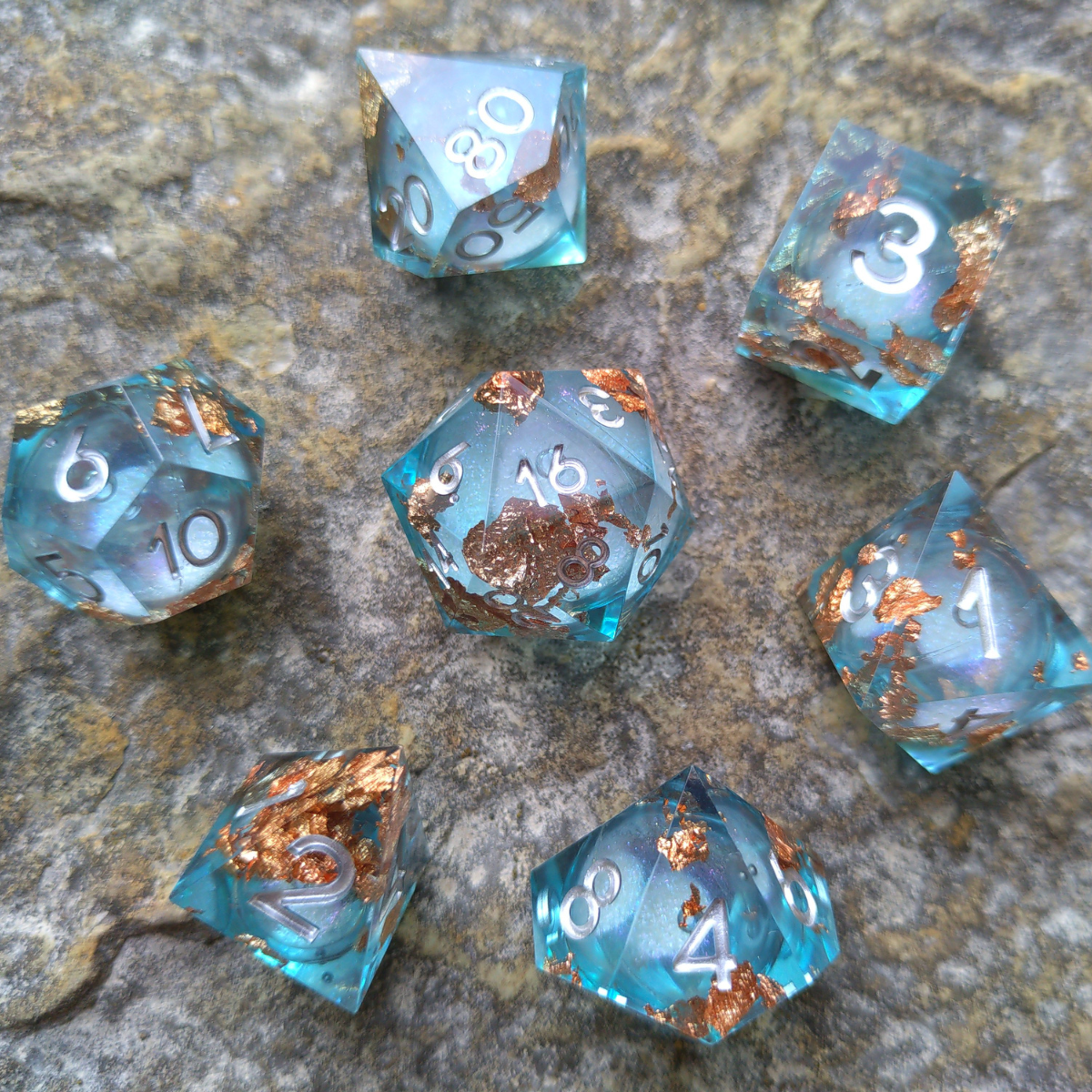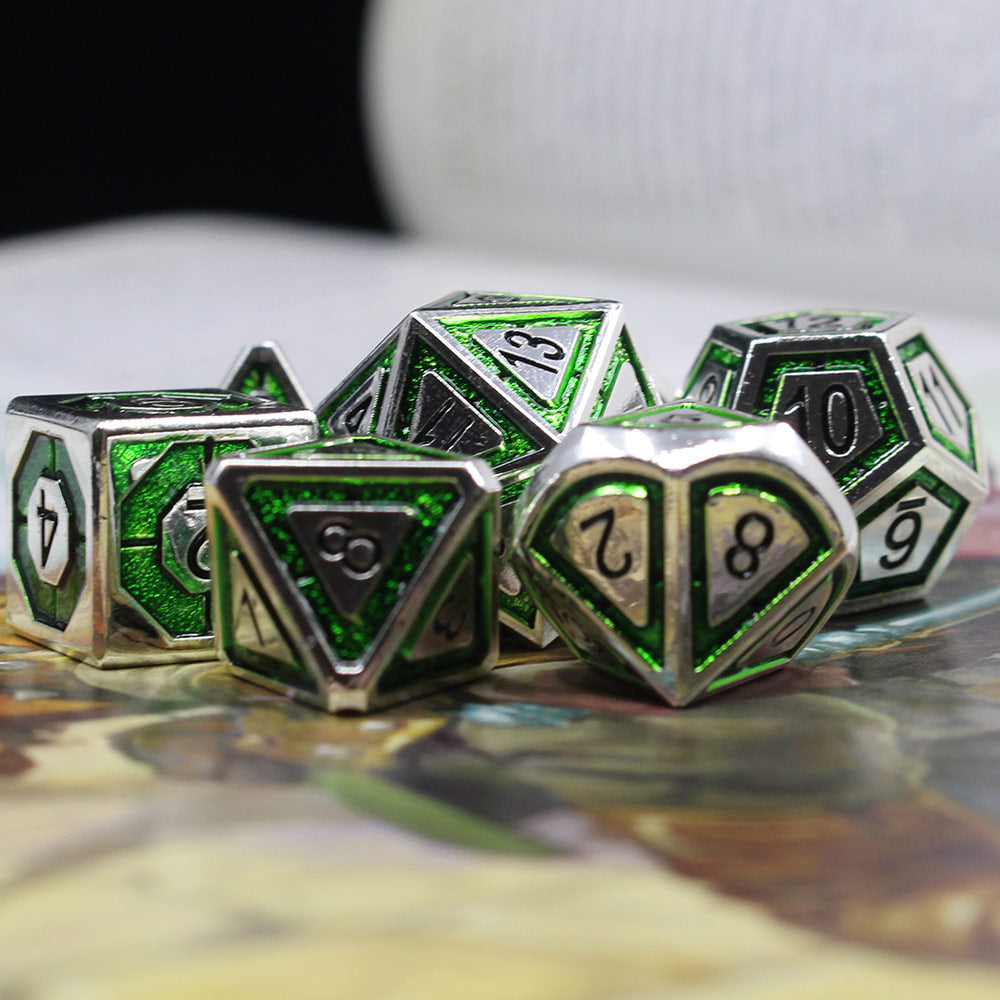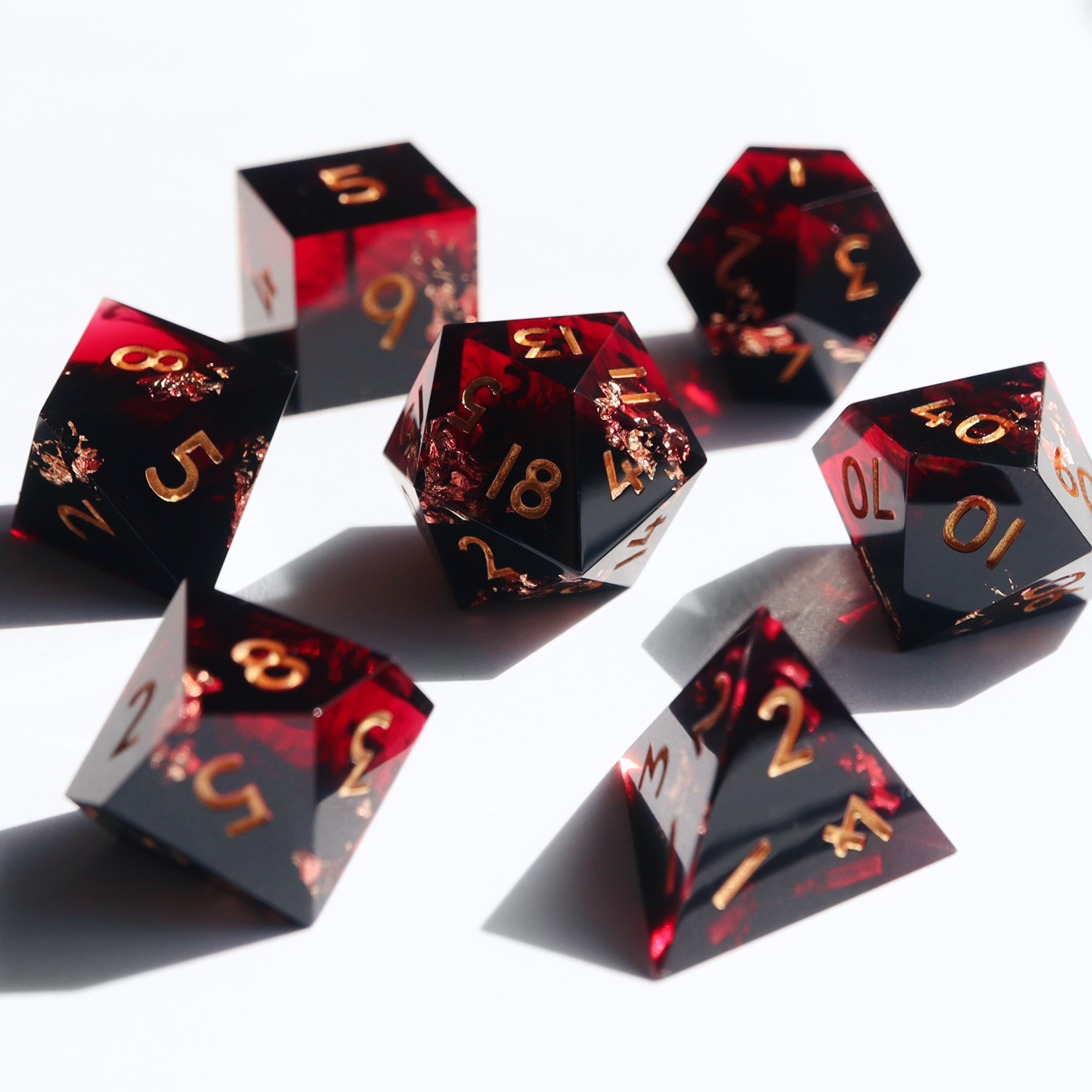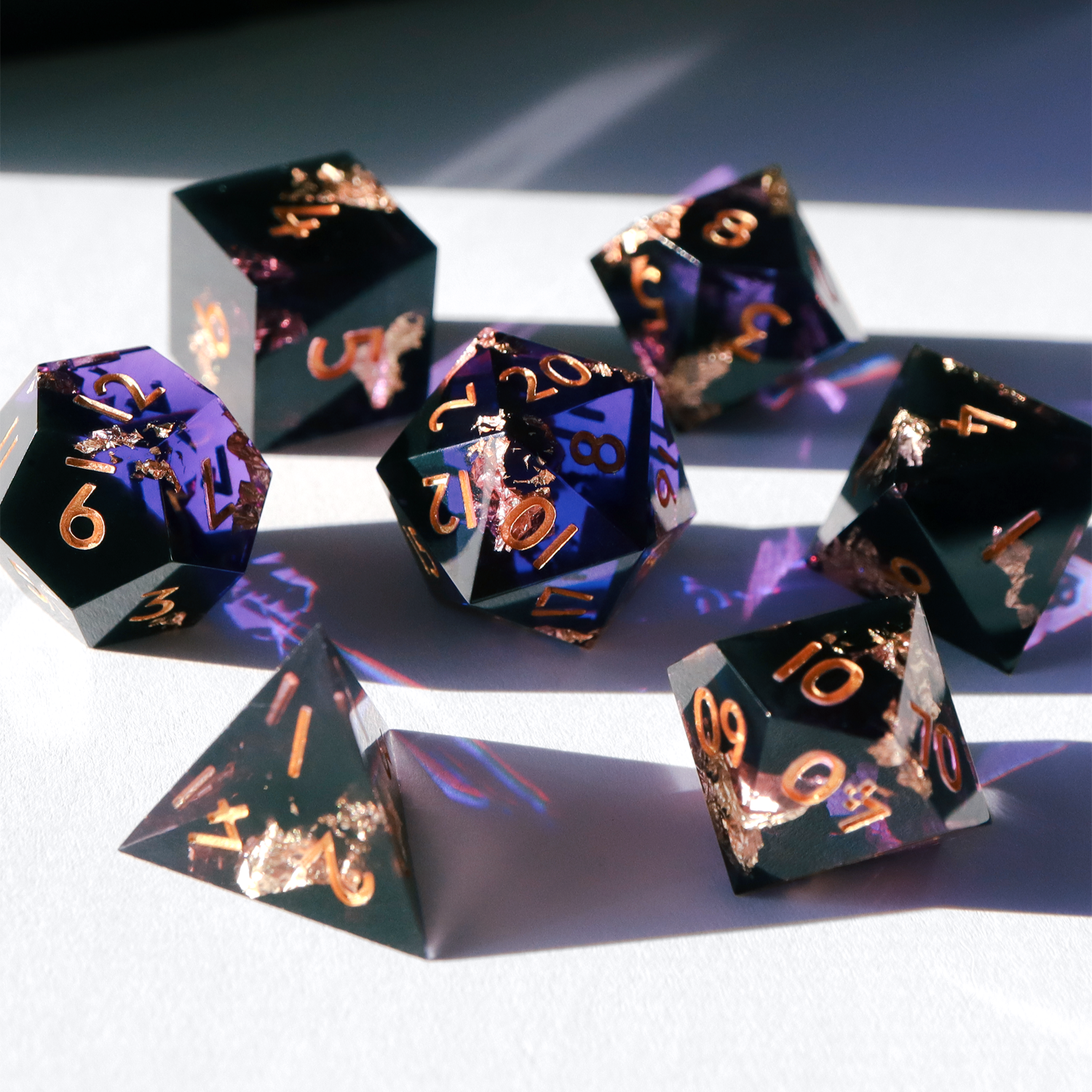
d20 Dice
Discover our d20 dice collection featuring unique, 20-sided dice by top brands (including yours truly). Take your RPG adventures to the next level with a one-of-a-kind d20, and be the envy of the table!
Single Scarab Jade d20
Single Gemini Black-Shell d20
Anubis Sharp Edge d20
Single Vortex Orange d20
Scarab Sharp Edge D20
Horus Sharp Edge D20
Single Pink Ghostly Glow d20
Single Nebula Oceanic d20
Single Cirrus Aqua d20
- Featured
- Best selling
- Alphabetically, A-Z
- Alphabetically, Z-A
- Price, low to high
- Price, high to low
- Date, old to new
- Date, new to old
🎲 2024 Best Sellers!
Recently Viewed Products
Who Created The d20?
Sometime between 304 and 30 BC, a craftsman in Ptolemaic Egypt shaped what is now accepted to be the world’s oldest 20-sided die. The die is carved from serpentine rock and engraved in Greek letters. Also, this d20 looks remarkably well to be over 2,000 years old.
The die is currently held in The Metropolitan Museum of Art in New York City. It has resided there without much fanfare since 1910 after being acquired by Reverend Chauncey Murch. The Reverend acquired the d20 during his missionary work in Egypt between 1883 and 1906.
Fascinating d20 Facts
The d20 is covered in Greek letters, not Egyptian hieroglyphs. When the d20 was shaped, Egypt was under the control of the Greek Ptolemies, whose dynasty began with the founding of the Ptolemaic Kingdom in 304 BC by the Macedonian general Ptolemy I Soter, upon the death of Alexander the Great.
We know that the d20 dates somewhere between 304 and 30 BC because the Ptolemies dynasty came to a cataclysmic end when Cleopatra died during the Roman leader Octavian’s conquest of Egypt in 30 BC. An event also that also heralded the end of the Roman Republic and the beginning of the Roman Empire.
The d20 was almost assuredly never used to roll for initiative. Simply put, this is not part of a dnd dice set. It can only be speculated for what the d20 was used. It very well could have been used for some sort of game that has been lost to history. Alternatively, it could have been used for divination rituals, for which dice were often used in the ancient world.
Serpentine rock, of which this d20 was made, has long been used for crafted objects and as architectural stone. Harder than marble, yet softer than granite, serpentine was very popular in the United States as late as the early 20th century. The reason you don’t see it often today is because of concerns for worker safety as serpentine is known to contain asbestos.
Learn more about the History of Dice.



